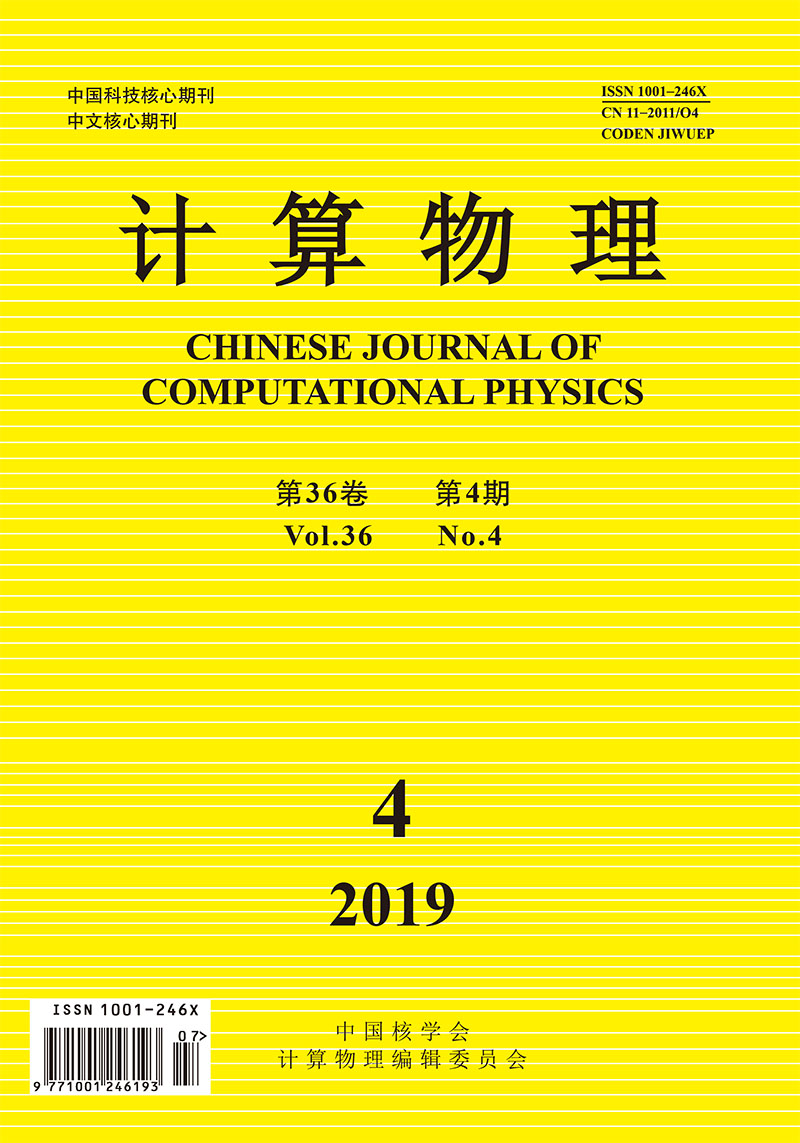|
|
Molecular Dynamics Simulation of Wettability of Calcite and Dolomite
CHAI Rukuan, LIU Yuetian, WANG Junqiang, XIN Jing, PI Jian, LI Changyong
2019, 36(4):
474-482.
DOI: 10.19596/j.cnki.1001-246x.7868
We studied adsorption characteristics of oil-water system on calcite and dolomite surface with molecular dynamic simulation. To study wettability of calcite/dolomite surfaces, we analyzed equilibrium conformation, relative concentration, radial distribution function and adsorption energy of calcite/dolomite-oil/water system. Then, we proposed a two-step adsorption mechanism. It shows that dolomite-oil/water system is more easily to achieve thermodynamic stability and is more stable; A water film is formed on calcite and dolomite surfaces, which is a double-layer structure; There are interactions among oil molecules, water molecules and the crystal surface; Attraction of dolomite surface to oil and water molecules is stronger than calcite. Finally, we divided the adsorption process into two steps:Water molecules adsorbed on crystal surfaces form a tightly adsorbed layer under van der Waals forces, electrostatic forces and O(CaCO3,CaMg(CO3)2)-H(H2O) hydrogen bonds. In addition, the remaining water molecules move to the crystal surface form a diffusion layer under the influence of O(H2O)-H(H2O) hydrogen bonds. It reveals wettability formation and alteration mechanisms on calcite and dolomite surface, which paves a foundation of further enhance oil reovery.
|
